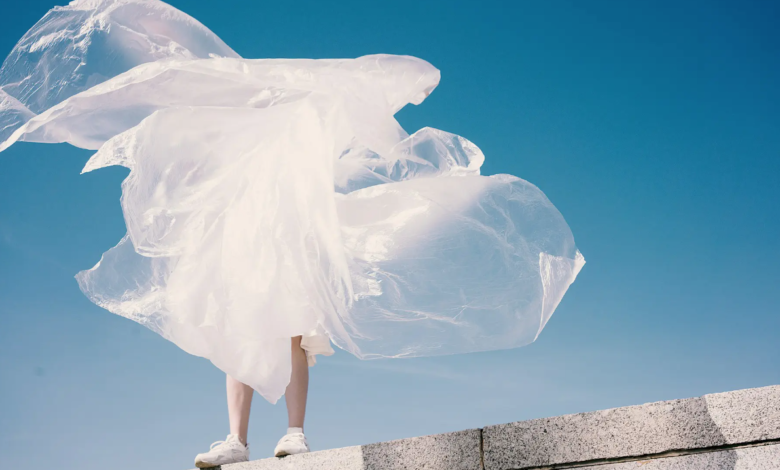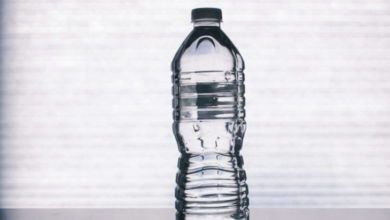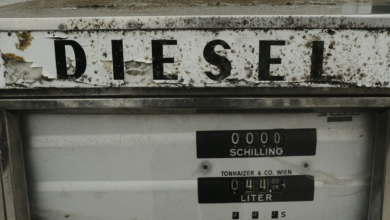Plastic credits: true or false solution to pollution?

The new sector promises to recover waste for third parties and certify the operation with plastic credits
They are emerging as part of the solution to plastic pollution but only convince some stakeholders. The question arises in the environmental world: do plastic credits risk ending up like carbon credits? Or can they help reduce the release of ubiquitous polymers into the environment? While this question remains unanswered, this financial solution may lie at the heart of the next UN Global Plastic Treaty.
According to CleanHub, a company that assists companies in their plastic waste reduction programs, a distinction must be made. The main difference between the two models is that carbon credits are difficult to measure, while plastic credits are not. “Plastic credits address this problem by uniting businesses and coastal communities, trying to solve this widespread problem,” they explain.
How plastic credits work
Businesses can use plastic credits to finance the removal of plastic and help prevent it from reaching the environment. Some companies can add this activity to their commitments to reduce pollution in the supply chain, to achieve plastic neutrality. Just like carbon credits promise to contribute to climate neutrality.
Specifically, companies earn credits by collaborating with organizations engaged in collecting a certain amount of plastic on their behalf. These realities usually collaborate with local and coastal communities. “Monitoring and controlling plastic recovery is usually much easier than tracking carbon emissions because plastic is a tangible object,” says CleanHub.
A flawed model
Often these activities are promoted in low-income countries without waste management programmes and job protection. This, critics say, risks turning this practice into a risky greenwashing operation.
The services of collection, verification and issuance of credits are carried out by companies worldwide: some names are Plastic Bank and Plastic Credit Exchange. There are also – is the example of Verra – those already finished in scandals for carbon credits “garbage“.
There are no global standards or regulations governing the use of these plastic credits or their reliability, nor what is done with the collected waste. Skeptics warn that systems based on certification and voluntary monitoring do not lead to increased recycling. On the contrary, they allow companies to continue to produce and use polluting materials while conducting advertising campaigns to appear more responsible.
In addition, the credit system addresses to the maximum the waste already generated and discarded. It does not counteract the production of the most toxic plastics and does not promote the replacement of reusable materials. It therefore acts on the final part of the supply chain, such as carbon credits, and may slow – rather than accelerate – the transition to a different model.





